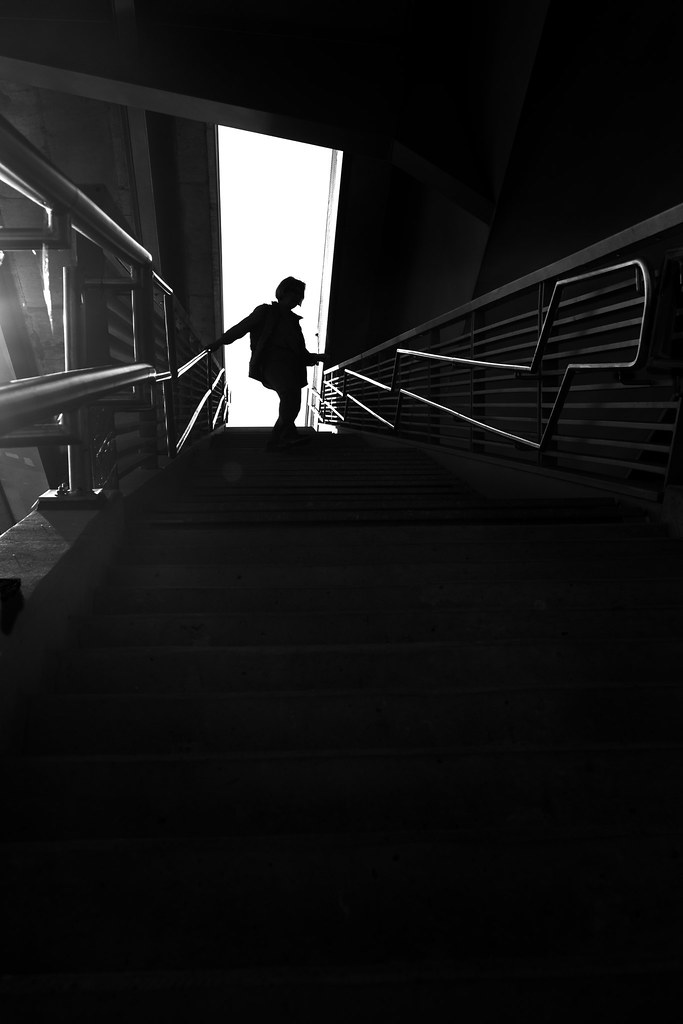Free Photography Bundle ($180 value): PS actions, LR presets, photo overlays, & print templates!
Get it here.
Most photographers would be overtaken by joy if they had a studio full of lighting equipment to choose from at their convenience. Can you imagine the luxury of being able to recreate any kind of lighting situation you wanted to with equipment you already have on hand?
It’s true, a lot of great photos can be made using good strobes and lighting accessories, but there’s also a lot to be said for being able to work with what you’ve got. So, what if what you have is a dimly lit room and nothing else? Ask any great photographer and the answer you’d most likely hear is, “I’ll figure out a way to make it work”.
Choose Your Lens Wisely
While you may not be able to change and shape the light, using the right lens for the job can make a big difference in what you’re able to capture. When shooting in low light, the best lens to use is one with a wide aperture, such as f1.4 or 1.8. When I’m shooting in low light, I like to use my 35mm prime lens, which opens up to f1.8. The wider the aperture, the more light the lens will actually allow to pass through to the sensor. Meaning, you can fully maximize the light you do have available.
Get Creative With Your Shutter Speeds
Depending on what you’re shooting, a wide aperture may also allow you to use a quicker shutter speed and or a lower ISO. A fast shutter speed is wonderful for freezing the action and minimizing motion blur. However, hope is not lost if you don’t have a fast lens. Just be prepared to use slow shutter speeds and possibly a higher ISO. Slow shutter speeds mean you may have to embrace the motion blur (if there’s action in your composition). but it’s a great technique to practice and can produce some really incredible shots.
ISO & Digital Noise
Many photographers are afraid to crank up the ISO on their cameras in fear that it will introduce a whole heap of unsightly digital noise. That’s not an entirely baseless claim, as higher ISO’s do tend to create more noise; however, technology is getting much better in regards to digital noise. Cameras are getting better and the software we use to correct noise is getting more and more powerful. I’m not saying you need to max out your ISO, but you might be pleasantly surprised at how little noise actually impacts your end photo even when shooting on ISO 800 using a entry level crop sensor camera. If you happen to have a full frame, you ISO performance is even more improved. 
While we’re on the subject of ISO, another thing that’s worth mentioning is the importance of reducing digital noise vs the importance of getting the shot. You have to ask yourself, is dealing with a little noise worse than not having a photo at all? Don’t be afraid of digital noise!
Finding Perfect Light
While it’s easy to get caught up in the notion that we need “perfect” light and lots of it to get great shots, as you become more confident in your camera skills, you may find your idea of what perfect light actually is has evolved from when you first started learning photography. That’s why it important to not be intimidated by the thought of shooting in low light–a lot of times, low light is perfect light.
And one last bit of advice, don’t forget your tripod!




